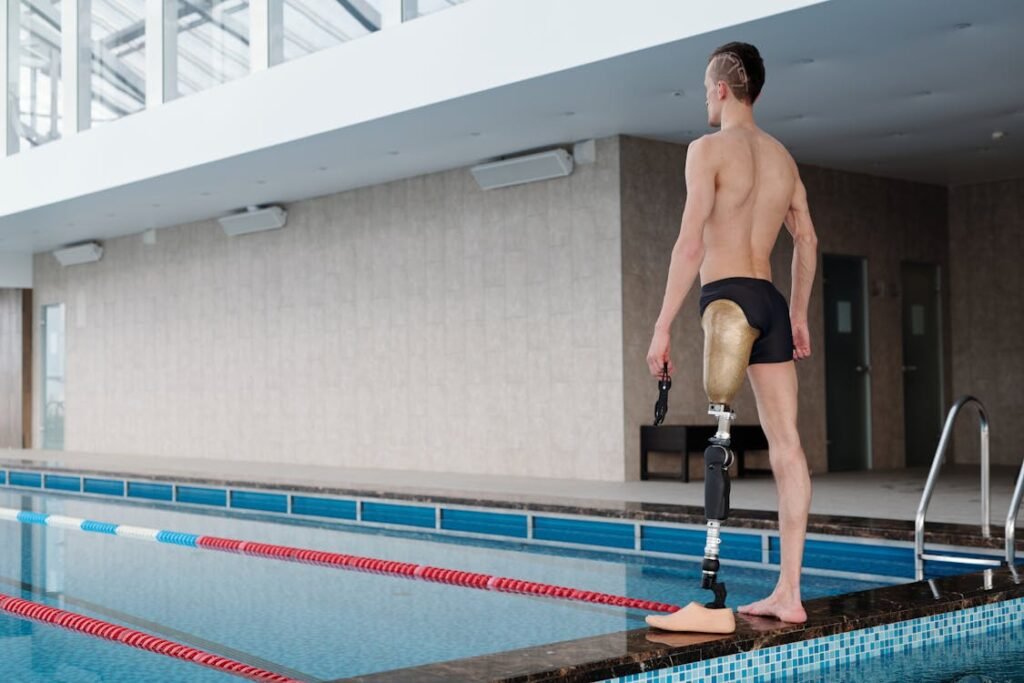For a long time, amputation was seen as a last resort—something only considered when every other medical option had failed. It often came with fear, loss, and uncertainty about the future. But things are changing. Thanks to huge improvements in prosthetic technology, especially over the past decade, amputation is no longer just a tragic outcome. For some people, it’s now a thoughtful, proactive choice that offers relief, freedom, and a better quality of life.
This shift didn’t happen overnight. It’s the result of years of research, real-world testing, and listening to what amputees actually need in their daily lives. With more comfortable fits, better movement, and even smart sensors that mimic touch, prosthetics are no longer just about “replacing” a missing limb. They’re about restoring control, comfort, and confidence.
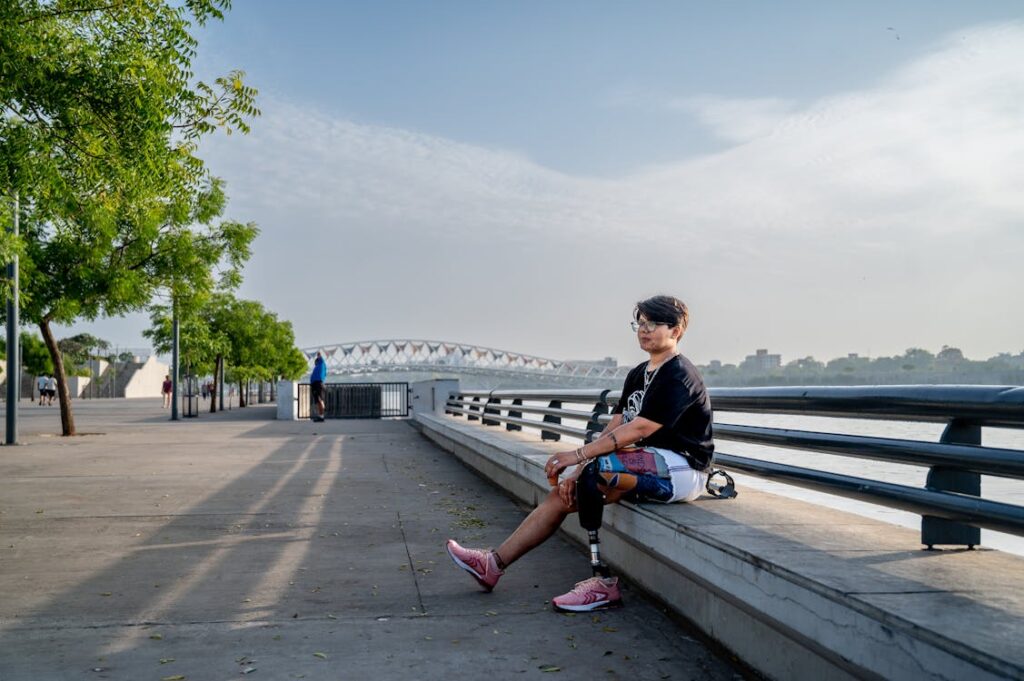
A New Way of Thinking About Amputation
The idea of choosing amputation might seem shocking at first. But for some people, it’s not about giving up—it’s about moving forward.
When someone lives with constant pain, limited movement, or a limb that doesn’t work properly due to injury, disease, or a birth condition, their day-to-day life can feel like a struggle. For them, amputation isn’t the end. It’s the start of something better.
Living With a Non-Functional Limb
Let’s say someone has a severely damaged foot from an accident. They’ve had multiple surgeries, maybe rods or screws implanted, and months of rehab—but walking still hurts. The leg is weak. There’s no balance.
Every step is a reminder of pain. They can’t work, can’t enjoy time with family, and spend more time in hospitals than living life. At some point, they ask: what if I stopped trying to save this limb and started focusing on getting my life back?
That’s where modern prosthetics come in. When a person chooses amputation and is fitted with a high-quality prosthetic, especially one designed for their lifestyle, it can offer a level of freedom they haven’t felt in years.
The pain stops. Movement improves. They can get back to activities they thought they’d lost forever. It’s not about making a quick choice—it’s about making an informed one.
When the Body Holds You Back
There are also medical reasons where keeping the limb is more harmful. In conditions like severe peripheral artery disease, chronic infection, or bone cancer, a limb might actually be the source of greater risk.
Doctors sometimes suggest amputation early to prevent future complications, including life-threatening ones. But earlier, even if that was the right medical choice, people feared the aftermath because prosthetics weren’t reliable or easy to use. That’s changed now.
With new technology, many patients feel confident about the road ahead. They know they’ll have access to tools that let them walk, hold, grip, and live more independently. And that makes all the difference.
The Evolution of Prosthetics
The reason amputation is now seen differently is because prosthetics themselves have changed. They are not stiff or heavy like they were in the past.
They are lighter, smarter, and better matched to the way people actually move. Some even respond to muscle signals or nerve inputs. That level of control gives users real confidence.
From Passive to Active Support
In the past, most prosthetics were passive. They simply filled the space of a missing limb. There was no movement or real control. Today, many prosthetics are dynamic. That means they move with you.
Hand prosthetics can now open and close fingers, grip objects gently or firmly, and even react to touch. Leg prosthetics offer flexible joints and shock absorption, helping with balance and stride.
This makes a huge difference in daily life. Whether it’s pouring a cup of tea, typing on a keyboard, or walking on uneven ground—modern prosthetics are helping people do these things naturally, not awkwardly.
Better Fit Means Better Outcomes
A common issue earlier was that prosthetics didn’t fit well. They rubbed, slipped, or caused pain. People would often stop using them altogether. But new materials, better 3D scanning, and precise molding have changed that.
Now, prosthetic sockets (the part that fits over the limb) are custom-made for comfort and flexibility. A better fit means less irritation, better control, and more time actually wearing the prosthetic.
When people feel comfortable and confident using a device, they’re more likely to stick with rehab, stay active, and return to work or hobbies.
That sense of possibility is what’s really driving the shift in how people view amputation—not just as a medical event, but as a decision that can open new doors.
Choosing Quality of Life Over Endless Procedures
For someone dealing with years of operations, braces, and slow recovery, it can feel like their whole life is focused on “fixing” a limb that doesn’t seem to improve. They might lose hope or feel stuck.
Prosthetic advancements offer another option. Instead of going through another painful surgery with no guarantee of success, some people ask themselves: What if I choose freedom now?
Doctors and prosthetists now work more closely together to help patients make informed choices. That means walking them through what life with a prosthetic really looks like.
They’re shown how the devices work, how the body adapts, and what support is available—from fitting to rehab.
That level of clarity makes a big difference. When people truly understand what’s possible, they can weigh their options more clearly. They see that the goal isn’t to “remove a limb”—it’s to restore movement, reduce pain, and get their life back on track.
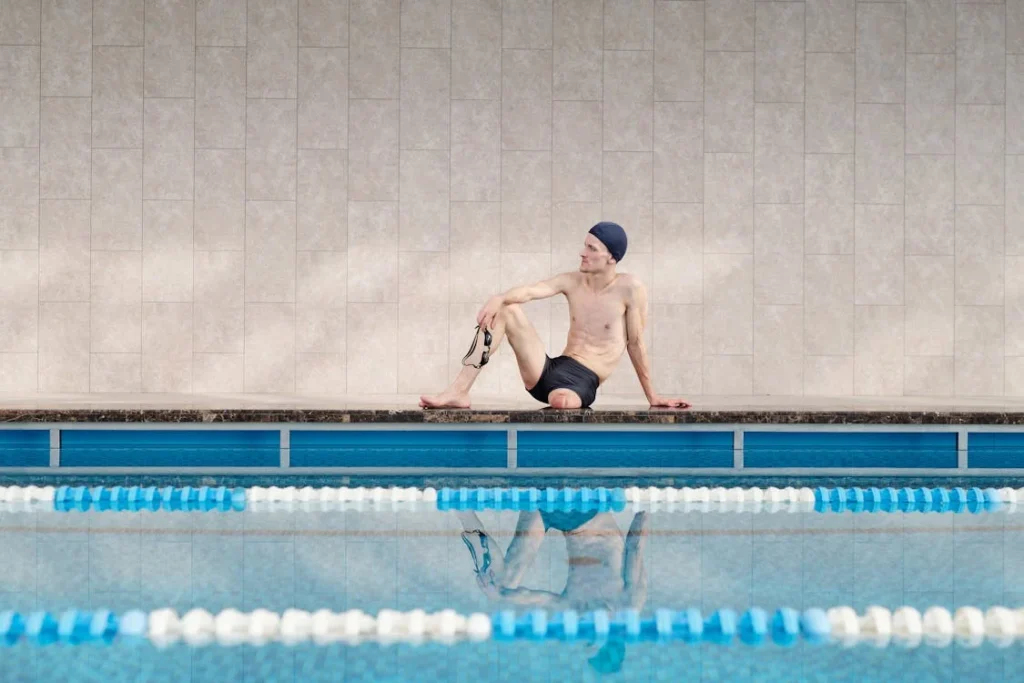
Breaking the Stigma Around Amputation
For many years, the idea of living with an amputation carried a lot of emotional weight. People saw it as a loss—something to be mourned or hidden. This mindset came from a time when prosthetics were basic and limited, and media often showed amputees as struggling or dependent.
But the reality today is different. People with amputations are climbing mountains, playing sports, running businesses, raising families, and thriving in every walk of life.
Changing Public Perception
Modern prosthetic users are now more visible and vocal. They’re telling their stories online, sharing videos of their progress, and showing what life with a prosthetic really looks like.
This helps others see amputation not as a tragedy, but as just another way of living. And more than that—it helps those considering amputation know that they are not alone, and that there is life after limb loss.
Media coverage has also improved. Documentaries, interviews, and articles are finally reflecting the real experiences of amputees.
That shift has helped break the old myths and encourage honest conversations. When people hear stories from others who made the decision and came out stronger, it makes the path feel less scary.
Support Makes a Huge Difference
Support from doctors, therapists, family, and other prosthetic users plays a big role in this new approach. No one makes the decision to amputate lightly.
But with guidance, emotional support, and clear information, people can approach it from a place of strength instead of fear.
Some clinics offer peer support programs where people considering amputation can talk to someone who’s already been through it. This kind of support is powerful. It offers real answers, honest talk, and hope that’s grounded in lived experience.

Technology That Moves With You
What really sets today’s prosthetics apart is how they work with the body instead of against it. New designs are shaped by how people naturally move.
They consider muscle patterns, joint movement, weight distribution, and the small actions we take for granted—like opening a door or holding a pen.
Intuitive Control Systems
One of the most exciting advancements is in how users control prosthetic limbs. Many modern systems use sensors that pick up signals from the muscles in the residual limb.
When you think about moving your hand, for example, your muscles still fire off those signals—even if the hand is gone. Smart sensors in the prosthetic read those signals and move the fingers accordingly.
This kind of control feels more natural and less tiring. Users don’t have to learn a whole new way to move—they just move the way they used to, and the prosthetic responds.
Some systems even use tiny implanted sensors or connect with nerves, creating even more precise movement. While these are still being refined, the future looks promising.
The goal is always to make the device feel like part of the body, not just an object you strap on.
Sensory Feedback and Touch
Another area of progress is sensory feedback. Earlier, prosthetics couldn’t give users a sense of pressure or touch, which made it hard to do delicate tasks.
But now, there are systems that send gentle signals back to the skin or muscles when the prosthetic touches something. This helps users know how hard they’re gripping or whether they’ve made contact with an object.
While still evolving, these developments are game-changing. They let users interact more naturally with their environment and reduce the mental effort needed to control the limb.
When something feels more intuitive, people are more likely to use it consistently.
More Personal, More Functional
A big shift in modern prosthetics is the focus on personal needs. There’s no “one-size-fits-all” approach anymore. Whether someone is an office worker, a farmer, an artist, or an athlete, their prosthetic is now tailored to their lifestyle.
The materials, shape, grip strength, flexibility—all of it can be customized to what the user needs most.
This is especially important when someone is thinking about elective amputation. They need to know what kind of function they can expect. Will they be able to drive? Work? Exercise? Care for their children? With better customization, the answer is often yes—and that’s powerful.
Fit, Comfort, and Adaptability
The socket—the part of the prosthetic that attaches to the body—is one of the most important pieces. A poor fit can lead to pain, skin irritation, or even injury.
That’s why newer sockets are made with softer, breathable materials and designed using detailed scans of the limb. They adjust more easily to daily changes in body shape, making the device more wearable all day.
Many prosthetics also allow for small adjustments over time, so the user doesn’t need a whole new device every time something changes. This means fewer visits to the clinic and more time living life.
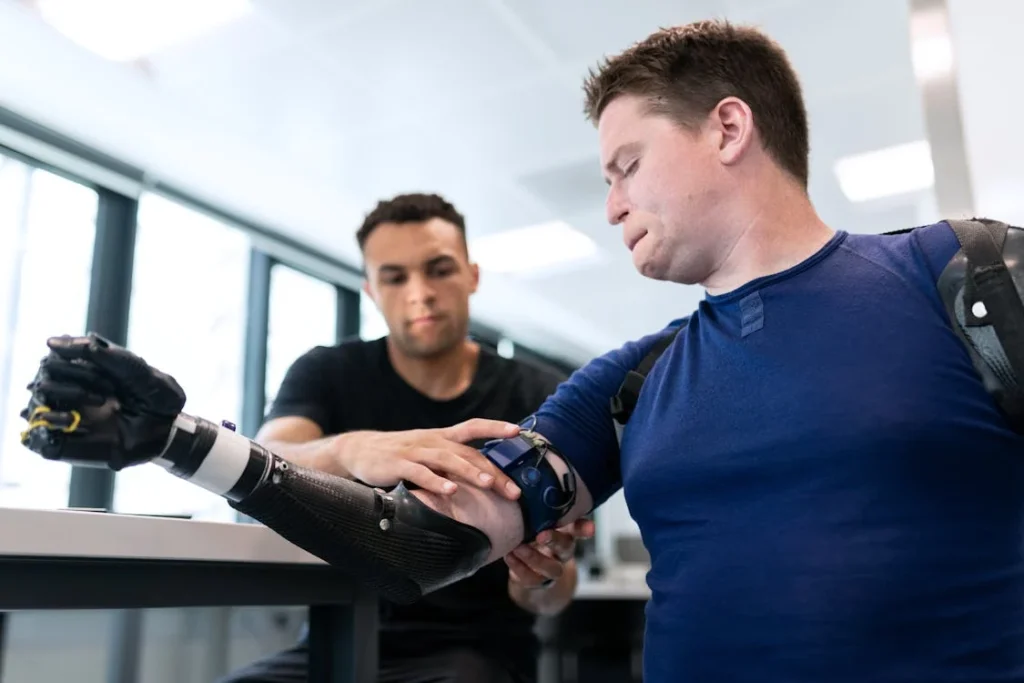
A Smarter Approach to Recovery
The decision to amputate, especially when it’s not due to an emergency, always comes with questions about recovery. How long will it take to walk again? Will I be able to do everyday things on my own? What if I lose motivation halfway through?
These are important questions, and in the past, there weren’t always good answers. Recovery could feel long, frustrating, and uncertain.
But with modern rehabilitation methods, especially those that combine physical therapy with technology, recovery is now much more focused, goal-driven, and even enjoyable.
Learning to Use a Prosthetic the Right Way
Getting a prosthetic is just one part of the journey. Learning to use it well is what truly transforms lives. This is where rehabilitation plays a major role.
Right after surgery, physical therapy begins to help build strength and prevent muscle loss. Once the prosthetic is fitted, the training gets more specific.
Users learn how to stand, balance, and walk again. For upper limbs, they’re guided through movements like gripping, lifting, and using different grip types depending on the task.
Therapists help users practice these movements until they feel second nature.
Good rehabilitation doesn’t just focus on the physical side. It also helps rebuild confidence. With every small success—whether it’s walking without help or opening a jar—users gain momentum.
That forward movement helps them keep going even on the harder days.
Gamified Rehabilitation: Making Progress Fun
One exciting development in recent years is gamified rehabilitation. Instead of traditional exercises that can feel repetitive or boring, users interact with video games or virtual challenges that help them move their prosthetic in specific ways.
For example, a screen might show a ball they have to “catch” by moving their prosthetic hand. Or they might need to squeeze with just the right pressure to pop balloons on screen.
It sounds simple, but this kind of training keeps the brain and body engaged.
Gamified therapy isn’t just fun—it’s effective. It gives users feedback in real time and rewards progress.
That sense of accomplishment keeps people motivated, especially younger users who might find standard therapy difficult to stick with. It also allows therapists to track improvement and adjust the training as needed.
Planning for the Long Term
Choosing amputation and using a prosthetic is never just about the first few months. It’s a lifelong journey. That’s why thinking ahead is so important—what kind of support will you need later? Will your prosthetic need repairs? What if your body changes?
These questions are easier to manage now thanks to better follow-up care, stronger local support networks, and modular prosthetic systems that can grow or adjust with the user over time.
Ongoing Support and Maintenance
Today’s prosthetics are designed to last—but like any tool, they need care. Small adjustments might be needed every few months, and parts may wear out with heavy use. What’s changed is how easily that care can be accessed.
Instead of relying on faraway providers or overseas service centers, users now have access to local experts who understand their device and can fix or fine-tune it quickly.
This saves time, money, and stress. For someone living an active life with a prosthetic, knowing that help is close by offers peace of mind.
Support also goes beyond repairs. Some users may want to upgrade as new technologies come out. Others might face changes in their health or lifestyle and need their prosthetic to adapt.
The good news is that most modern systems are built with this in mind. They’re designed to be flexible, upgradable, and user-friendly.
Mental and Emotional Wellness
It’s important to remember that amputation is not just a physical journey. It also affects emotions, identity, and confidence. Even with the best technology, people can feel overwhelmed or unsure at times. That’s normal—and it’s something that needs attention.
Fortunately, more clinics now include mental health support as part of their care plans. Users are encouraged to talk about what they’re feeling, connect with support groups, and share their stories.
These conversations are vital. They help people feel less isolated and more in control.
Mental wellness also includes self-image. For many users, a well-designed prosthetic becomes something they’re proud of.
Some even customize theirs with colors or covers that reflect their personality. It becomes part of who they are—not something they hide, but something they own.
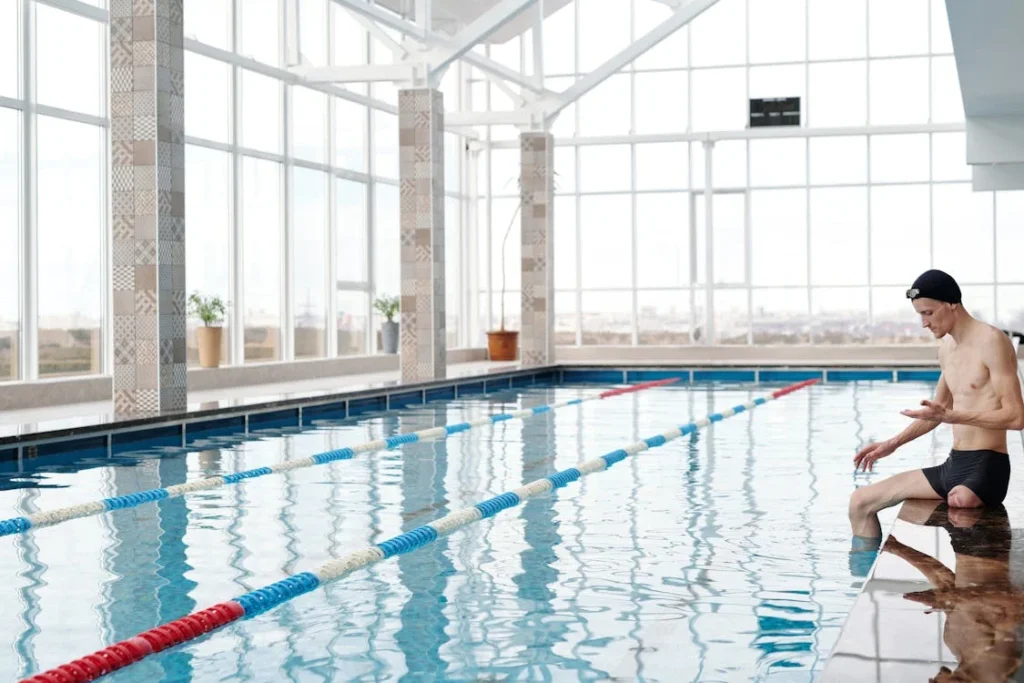
Making the Decision: When Amputation Becomes the Best Option
Elective amputation is not an easy choice. It requires courage, time, and serious thinking. But when living with a damaged or painful limb makes life harder every day, people begin asking a different question: What will help me live better—not just longer?
That’s the turning point. Instead of trying to save a limb at any cost, the focus shifts to saving quality of life. And that shift is only possible because of how far prosthetics have come.
The more reliable, functional, and natural they become, the more people begin to see amputation not as defeat—but as a door to a new beginning.
The Role of Second Opinions
When someone starts thinking about amputation as a possible solution, they rarely make the decision alone. Most talk to multiple doctors, surgeons, and prosthetists. They gather facts, ask hard questions, and weigh their options carefully. This is a healthy process.
Second opinions are often where new options come to light. A patient who was told to undergo another complex surgery might learn that amputation, followed by a good prosthetic fit, could offer faster relief and less risk.
It’s not about pushing people toward a choice—it’s about giving them all the choices.
In many cases, the conversation starts not with a doctor but with someone who’s already been through it. Hearing real-life experiences from other amputees often gives people clarity that medical charts can’t.
Those stories offer truth, hope, and a sense of possibility.
It’s Not About Giving Up
A common fear is that choosing amputation means “giving up” or “quitting.” But nothing could be further from the truth.
Choosing amputation when it offers a better path forward is one of the most empowered decisions a person can make. It’s not about losing—it’s about choosing life with less pain, more control, and new strength.
What’s key is having the right team of experts who understand this mindset. Surgeons, prosthetists, rehab specialists, and peer mentors who support that decision help make the process smoother and more informed.
They help people prepare not just for surgery, but for life after it.
That preparation makes all the difference.
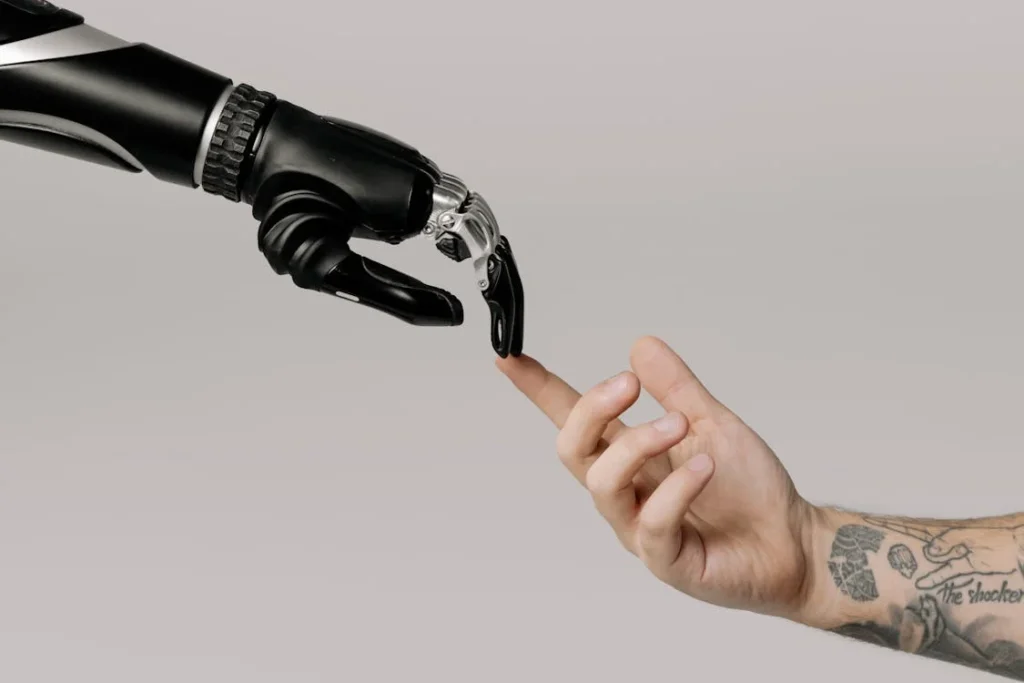
The Role of Access and Affordability
For prosthetics to truly be part of the decision-making process, they need to be accessible—not just in major cities or private hospitals, but everywhere. They also need to be affordable without losing quality.
This is an area where the global prosthetics community is working hard to improve. Innovations in 3D printing, locally manufactured components, and new production methods are helping to bring costs down without cutting corners.
When devices are made closer to where they’re needed, it also reduces wait times for fittings, adjustments, and repairs.
Community-Based Solutions
One of the best changes in recent years has been the rise of community-based prosthetic clinics. These clinics offer evaluations, fittings, follow-up care, and rehab services—all under one roof and close to home.
For many people, this makes the idea of amputation more manageable.
Instead of traveling long distances or waiting weeks for help, they can get personal care nearby. That makes everything—before and after surgery—less stressful. It also ensures that if something needs fixing or updating, it can be handled fast.
The combination of local care, smarter technology, and responsive service is what helps people see amputation as a planned step—not a breakdown.
Conclusion
Amputation has long been seen as a last resort, but with today’s advances in prosthetics, it’s becoming a powerful first choice for those facing chronic pain, limited mobility, or repeated surgeries. This shift isn’t just about better technology—it’s about giving people control over their bodies and their futures.
Modern prosthetics offer comfort, function, and confidence that were once out of reach. With smarter design, intuitive movement, and personalized rehab, people are not just adapting—they’re thriving. Choosing amputation is no longer about what’s lost. It’s about what’s gained: freedom, relief, and a chance to live fully again.
The decision will always be personal, but now, it can be made with clarity and hope—not fear. And that’s a future worth stepping into.



